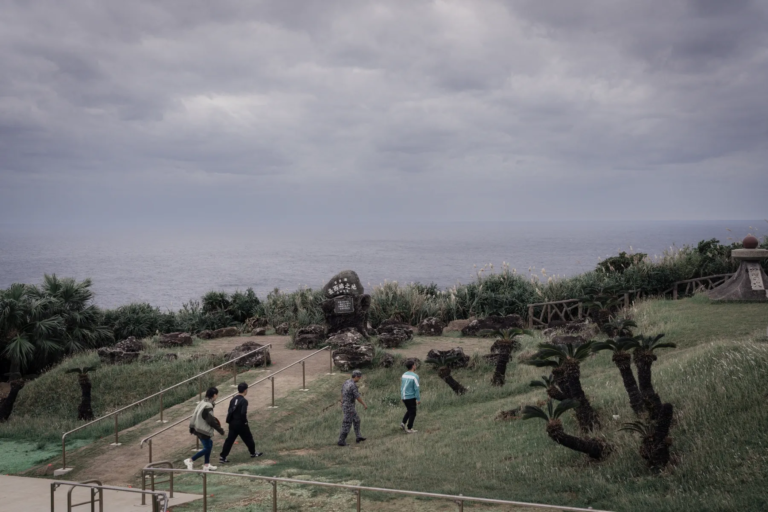
Commander of U.S. Indo-Pacific Command, Admiral John Aquilino, recently visited India to strengthen strategic ties and enhance defense cooperation between the two nations. During his visit, Admiral Aquilino attended the Raisina Dialogue, India’s flagship geopolitical conference, which brings together global leaders, policymakers, and experts to discuss pressing international issues.
The Admiral’s participation underscores the United States’ commitment to fostering a free, open, and inclusive Indo-Pacific region. Discussions at the Raisina Dialogue focused on emerging security challenges, regional partnerships, and the importance of upholding international rules-based order. Admiral Aquilino also engaged with senior Indian officials and defense leaders to deepen collaboration on maritime security, joint exercises, and technology sharing.
This visit highlights the growing strategic partnership between the U.S. and India, both of whom are pivotal players in ensuring stability and prosperity in the Indo-Pacific.
Paparo met with senior military and government leaders to include Indian Prime Minister Shri Narendra Modi, Indian External Affairs Minister Dr. Subrahmanyam Jaishankar, Indian Minister of Defence Rajnath Singh, Indian Armed Forces Chief of Defence Staff Gen. Anil Chauhan, Chief of Staff of the Japan Joint Staff Gen. Yoshihide Yoshida, Chief of Staff of the Armed Forces of the Philippines Gen. Romeo Brawner Jr., Australian Chief of Joint Operations Vice Adm. Justin Jones, French Deputy Director General for International Relations and Strategy Lt. Gen. Eric Peltier, and United Kingdom National Security Advisor Jonathan Powell.
The Raisina Dialogue is an annual event hosted by the Observer Research Foundation in partnership with the Indian government’s Ministry of External Affairs. Participants from over 100 countries attended the multi-day event that included lectures and open-forum discussions on geopolitics, geo-economics and security. It is structured as a multi-stakeholder, cross-sectoral discussion involving heads of state, cabinet ministers and local government officials, who are joined by thought leaders from the private sector, media and academia.
Paparo spoke on the Raisina Dialogue panel, “Deepwater Perils: Securing Trade Through Red Zones,” alongside representatives from Australia, India, Japan and the Philippines.
They highlighted maritime threats, risks for global security and trade, the importance of working with allies and partners to ensure freedom of navigation, and integration of artificial intelligence, unmanned systems, and cyber capabilities into military preparedness.
Paparo also participated in a U.S.-India Strategic Partnership Forum event where discussions focused on the future of the strategic and security partnership between the two nations, including integration of artificial intelligence and defense cooperation.
During his trip, Paparo visited Purana Qila, also known as Old Fort. Built in the 16th century, Purana Qila is one of Delhi’s oldest monuments, linking both the ancient and medieval periods of India’s history.
The U.S.-India Major Defense Partnership has become a cornerstone of global peace, as the “2+2” Ministerial Dialogue and joint participation in military exercises, including Tiger Triumph, Malabar and Rim of the Pacific, continues to advance comprehensive defense collaboration across all domains.
Paparo’s trip advanced the U.S.-India initiative COMPACT (Catalyzing Opportunities for Military Partnership, Accelerated Commerce & Technology) for the 21st Century, which President Trump and Prime Minister Modi launched in February. COMPACT seeks to drive transformative change across multiple pillars of cooperation to include defense, trade and investment, energy security, technology and innovation, multilateral cooperation, and people to people cooperation.
The work throughout the Raisina Dialogue enhances the mutual understanding and alignment of goals as the U.S. and India seek to renew a 10-year Framework for the U.S.-India Major Defense Partnership that will propel cooperation through the next decade.
USINDOPACOM is committed to enhancing stability in the Indo-Pacific region by promoting security cooperation, encouraging peaceful development, responding to contingencies, deterring aggression and, when necessary, prevailing in conflict.





